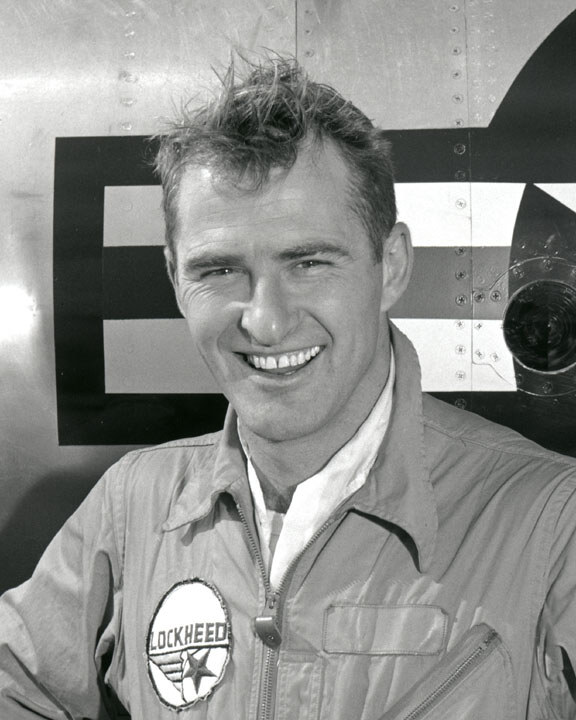
26 April 1962: At a non-existent location in the Mojave Desert of Nevada, Lockheed Chief Test Pilot Louis Wellington (“Lou”) Schalk, Jr., was scheduled to take the first Oxcart for a high-speed taxi test on the specially constructed 8,000-foot (2.44 kilometer) runway. However, he had received secret, specific instructions from designer Kelly Johnson to take the craft, known as “Article 121,” airborne.
Lou Schalk roared down the runway and lifted off. He flew at about 20 feet for two miles. The super-secret aircraft was oscillating badly so he set it down straight ahead on the dry lake bed and disappeared into a cloud of dust and flying sand. Johnson said that it “was horrible to watch.” A few minutes later, the needle nose of Article 121 appeared out of the dust as Schalk taxied back to the runway. It turned out that some equipment had been hooked up backwards. Subsequent flights were made without difficulty.
This was the actual first flight of the Central Intelligence Agency’s Top Secret A-12 reconnaissance aircraft. The “official” first flight would come several days later.
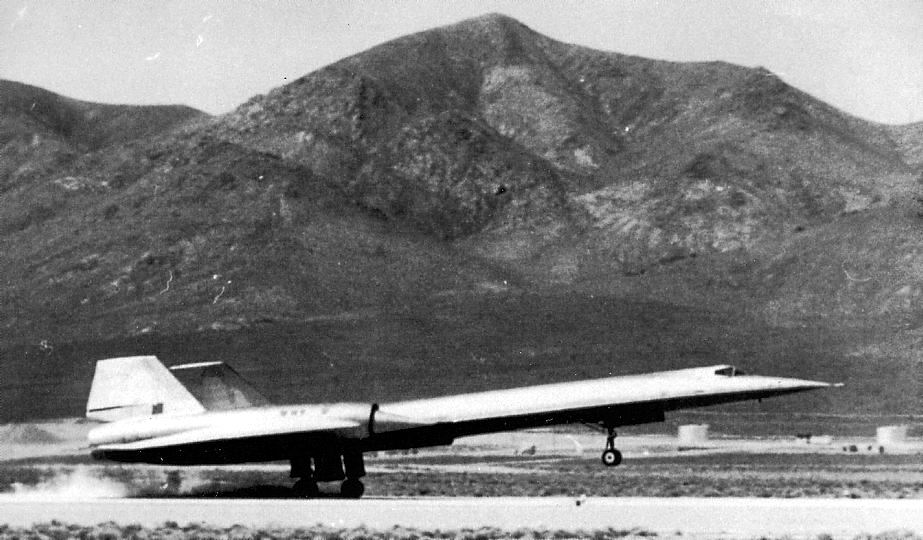
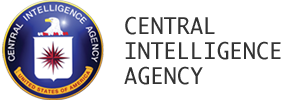 Designed as the successor to the Agency’s subsonic U-2 spy plane, the twin-engine jet was capable of flying more than Mach 3 (over 2,000 miles per hour/3,218.7 kilometers per hour) and higher than 80,000 feet (24,384 meters). Built by Lockheed’s “Skunk Works,” the new airplane wasn’t “state of the art,” it was well beyond the state of the art. New materials were developed. New equipment designed and built. New manufacturing processes were invented.
Designed as the successor to the Agency’s subsonic U-2 spy plane, the twin-engine jet was capable of flying more than Mach 3 (over 2,000 miles per hour/3,218.7 kilometers per hour) and higher than 80,000 feet (24,384 meters). Built by Lockheed’s “Skunk Works,” the new airplane wasn’t “state of the art,” it was well beyond the state of the art. New materials were developed. New equipment designed and built. New manufacturing processes were invented.
The A-12, developed under the code name “Oxcart,” was unlike anything anyone had ever seen. The first A-12 was referred to as Article 121. “A” = “Article.” “12-” is for A-12. “-1” is for the first production aircraft. So you get “Article 121.” What could be simpler?
The A-12 was so fast and could fly so high that it was invulnerable to any defense. No missile or aircraft or gun could reach it.
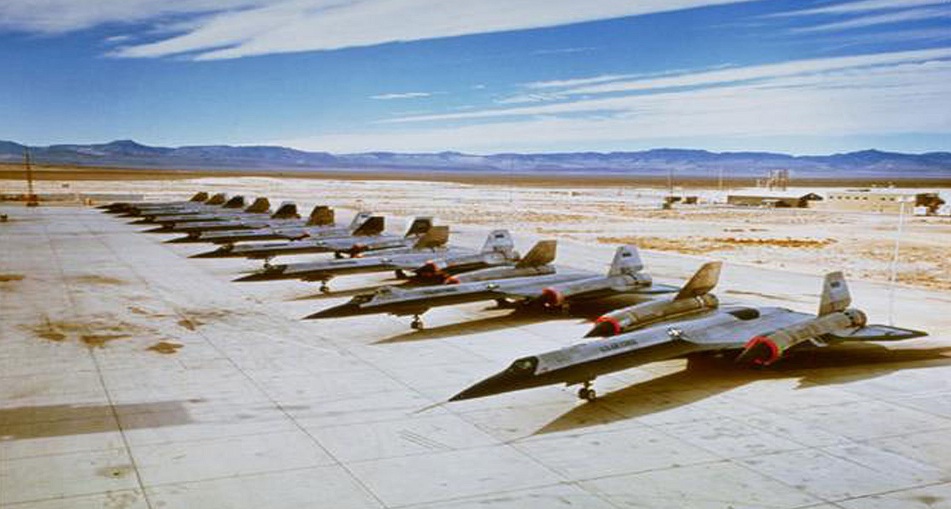
Thirteen A-12s were built for the CIA. Two M-21 variants, built to carry the Mach 4 D-21 drone, were also produced. An interceptor version was developed for the Air Force as the YF-12A.
Ninety-three Lockheed F-12B interceptors were ordered though Secretary of Defense Robert S. McNamara refused to release the funding for production. After three years, the order was cancelled. The Air Force liked the A-12, however, and ordered 32 of the more widely known two-place SR-71A “Blackbird” reconnaissance ships.
Today, Article 121 is on display at the Blackbird Airpark, an annex of the Air Force Flight Test Museum, Edwards Air Force Base, California.
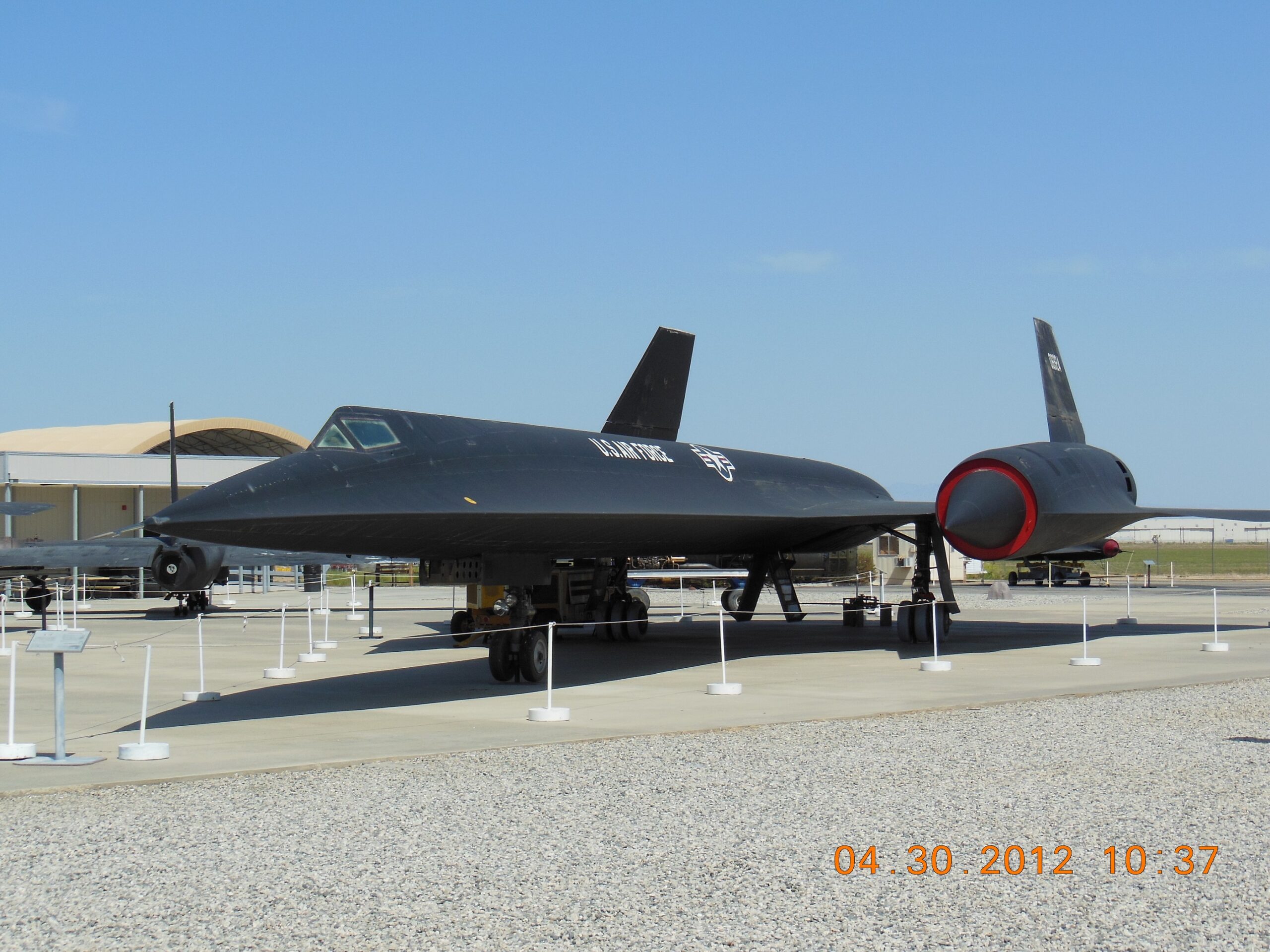
© 2016, Bryan R. Swopes